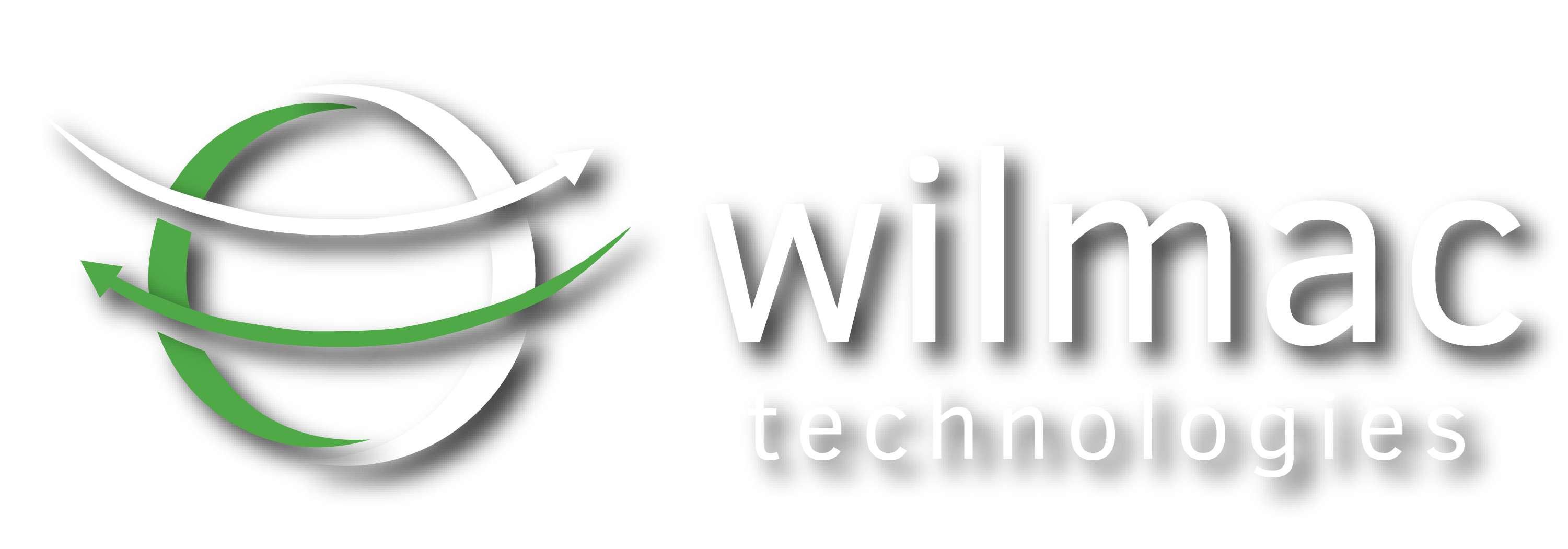How do you guarantee compliance as an insurance organization managing millions of recordings across a variety of platforms?
By getting that data off all those systems, converting it into an accessible format, and consolidating it in one place.
Working with insurance organizations for over 30 years now, Wilmac Technologies has specialized in helping these organizations maintain compliance and store their recordings securely to comply with retention periods.
When our banking and financial service customers asked us to develop a solution that allowed them to store their voice, email, chat, and text data in an accessible format and in one location, we knew there was an opportunity in other industries subject to retention periods.
What we’ve come to learn over the past ten years of our software development journey is that technology is ever-evolving, along with companies’ recording infrastructures. Transitioning to the cloud, acquiring companies, and facing end of support with legacy systems have brought about more complex and high-risk storage situations.
By adopting an enterprise information archiving solution, the risk and cost associated with your recording infrastructure is minimized, your legacy architecture can be decommissioned, and you can maximize the potential of your captured communications.
We’ll review how insurance companies can achieve these outcomes in the following paragraphs.
Common Data Management & Archiving Struggles of Insurance Organizations
Insurance organizations face compliance and regulatory mandates surrounding the retention of insurance policies and all communications with policy holders. Faced with multi-year retention periods in different places, these organizations come to a crossroads in certain situations. We’ll review several of those situations in this section.
Managing Multiple Recorders in Different Locations, along with Multiple Retention Periods
Certain global insurance organizations utilize a distributed call recording system with multiple versions or vendors across various sites. In different locations, the recordings are also subject to different retention periods, making it even harder to manage.
Dealing with multiple vendors, in multiple locations, and multiple retention periods creates a disjointed system that can result in acts of non-compliance.
If you’re facing 200 million calls, texts, and emails spread across eight databases in five countries, there is a significant risk in accessing and managing these files, along with maintaining security and adaptability for the future.
Facing End of Life Support with Your Current Platform
Technology evolves, and certain products become End of Life (EOL) by the vendor. If you are in a situation where your current platform is nearing end of life support, there is an inherent risk with maintaining that system with recordings on it.
You risk that system breaking down without an option to replace parts or support it, since the vendor no longer offers those options.
You must put an additional resource in charge of maintaining that system, which takes away from more high value activities.
And finally, you risk non-compliance by being unable to access those recordings and/or losing those recordings because of a system failure.
Maintaining Legacy Systems to Remain Compliant
There are several instances when maintaining a legacy system to remain compliant seems like the only option.
If you have decided to transition to a new call recording system or vendor, but still have recordings on your legacy platform that must be retained, most organizations decide to maintain that legacy system to keep their recordings securely stored. This brings about significant risk and adds cost with maintaining the legacy system.
In the case of mergers and acquisitions, the parent company expects the acquired company to merge with their primary recording platform and figure out how to access and store their old system’s recordings to comply with their retention period.
The insurance organization is then faced with the decision of maintaining the acquired system, which causes increased risk and cost, or figuring out a way to access and archive these recordings.
Modern Data Privacy Rules, Data Access, and Deletion
Insurance organizations must comply with a variety of data privacy laws, like GDPR in Europe, CCPA in California, and PIPEDA in Canada. Each set of regulations has unique requirements, making compliance complex, especially for insurance organizations operating in multiple states, countries, and continents.
These laws and rules often require organizations to implement robust data management and security measures, including ensuring data is collected, stored, and used in compliance. This can be technically and financially demanding.
Finding a solution that can demonstrate all necessary data management and security policies are in place will reduce the burden placed on the insurance organization and the people responsible.
Continuity Replay Case Studies for Insurance Organizations
Organizing & Managing Multiple Recording Systems for Long-Term Storage Access
A large insurance company that is extremely active with global mergers and acquisitions (M&A) takes on the responsibility of each of their entities’ call recording platforms and data. This is difficult to manage due to the many geographic locations and the fact that each of the acquired entities’ recording platforms were from different vendors like NICE, Verint, and others.
All the recordings on these systems had disparate retention periods and were subject to varied regulations surrounding their storage (like PCI compliance) which put the large insurance organization in an even more complicated position.
As a standard, they were also transitioning from an on-premise environment to a production system (Five9). During the transition, they were putting all global users on the new Five9 platform and adding any future M&A employees onto the Five9 platform as well.
Continuity Replay could decrypt and transcode these files into .wav, allowing the many different infrastructures to be decommissioned. Continuity Replay was then used as the long-term storage access for both the legacy and production recordings.
Based on the large insurance organization’s regional parameters, several Continuity Replay instances were established around the globe. Wilmac Technologies was called in several different times to extract the call recordings from a legacy system, decommission that system, and then securely ingest that data into Continuity Replay.
Transitioning to a New Vendor & Decommissioning Legacy Systems
A global insurance organization present on five continents was migrating its contact center to the cloud and had over ten million recordings they were required to retain for compliance. These recordings were stored in NICE Engage and in a proprietary format specific to NICE, making them difficult to access.
The organization was transitioning from their on-premise NICE system to a production system. They were in a position where they would have to maintain the NICE system to manage their recordings for the associated retention period.
Wilmac Tech’s team was able to extract the recordings from NICE Engage, convert them into an open file format, and ingest them into the browser-based user interface of Continuity Replay.
The global insurance organization was then able to safely decommission their NICE Engage system and completely move over to the production system, without the worry that they were risking non-compliance.
Benefits of Adopting Continuity Replay
We have covered several different scenarios where insurance organizations are put in precarious positions to retain and manage their regulated communications, making your job more difficult.
By adopting an enterprise information archiving tool like Continuity Replay, you can reap the following rewards:
- Control how your data is stored – Have full control of where your call recording data is stored, how long it is stored, and how you can access it.
- Reduce infrastructure spend – Decommission legacy systems and reduce associated costs now that you have access to your call recordings.
- Minimize risk attached to legacy voice files – Easily manage and automate the retention periods associated with your call recording data.
- Streamline compliance with retention periods – No more dealing with multiple retention periods and disjointed systems. Store and manage all your recordings in one place.
- Simplify search and replay – The Continuity Replay UI (User Interface) is designed with simplicity in mind for anyone to navigate and locate recordings.
In Closing
Your data management and retention situation doesn’t have to be complicated.
By utilizing a centralized portal to manage and store your voice, chat, text, and email data (along with the associated metadata), network engineers and IT managers can sleep peacefully at night knowing their data is protected, accessible to them, and all in one place.
Data archiving and management is made simple with a solution like Continuity Replay, that is designed to put you back in control of your data and simplify your playback infrastructure.

